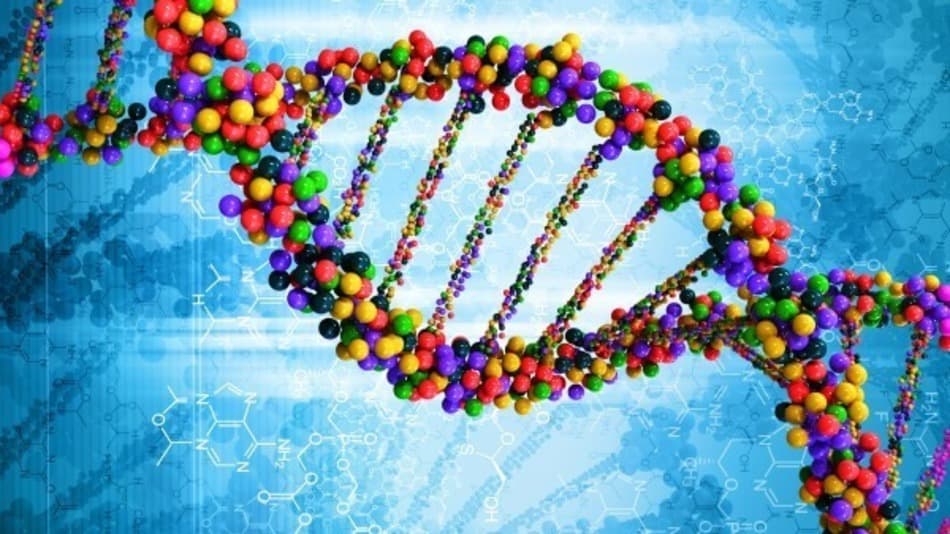Modifying the genetic codes of living organisms sounds like something out of a science fiction novel (or, depending on your outlook, maybe a horror novel); however, this is currently a scientific reality.
Earlier this year, scientists reported that they developed a technique that allows them to cut-and-paste DNA inside living cells. This works thanks to our observations of a process that is used by bacteria to combat viruses. In short, when it is attacked, the bacteria makes material that matches the virus and uses this material to locate the virus and snips portions of it away, killing the virus.
To get a little more technical, when DNA from a virus enters a bacterium, the bacterium makes a strand of RNA that matches the viral DNA. This RNA then latches onto a protein (known as a "guide molecule") and, as a unit, they search for the matching virus. Once they encounter the match, the protein cuts up the viral DNA. This destroys the viral DNA.
Previous Work & The Breakthrough
A few years ago, scientists discovered that this same process can be used to cut-and-paste DNA into nearly any kind of living cell (including humans). For example, instead of using the protein to cut a virus, it can cut out DNA in a human cell and replace it with DNA of the scientist’s choosing.
The team of Chinese scientists who reported the find used this gene editing technique to tweak the genomes of human embryos (notably, these embryos were not viable, meaning that they could not develop), but until now, this process has been hit-or-miss, at best.
That "until now" is key, as researchers have discovered a way to make the process a whole lot cheaper and easier. “This technology will allow us to paint a whole chromosome and look at it live and really follow it...as it goes through developmental transitions, for example in an embryo,” Rebecca Heald, a molecular and cell biologist at UC Berkeley who was involved in the new discovery, said in a statement.
Researchers will be able to use this process—which allows scientists to make some of the key materials needed to modify an organism’s entire genome—for less than $100.
Notably, researchers don't want to use this process in order to manipulate organisms and create some kind of superhuman. Rather, they hope to track changes in chromosomes in order to detect changes that may lead to any host of diseases. Using this method, it would be possible to swap out a defective version of a gene for a healthy one.
How it Works
Researchers developed a method that makes it easier to create the previously mentioned guide molecules. The method is known as “CRISPR-EATING,” which stands for “Everything Available Turned Into New Guides.” To demonstrate the effectiveness of this technique, the team converted nearly 90% of the DNA of the bacterium E. coli (the harmless variety, not the kind that can make you sick) into 40,000 different guide molecules.
Each of these molecules can be used to target any bit of DNA a researcher might want to modify. Thousands of these guides can be injected into different cells all at once in a process known as "genetic screening." So if one wants to figure out what a particular gene does, all that's needed is to cut it out and see what happens. These can reveal what forms of a gene are present, and whether any of them could lead to disease.
Notably, of the 86 embryos the Chinese researchers attempted to modify, a number of the attempts were not successful. In the end, just 28 of them were effectively altered, and even then, just a fraction of these contained the desired DNA. In order for this process to be an effective model in living organisms, the accuracy would have to be closer to 100%, the researchers said. This new process might help us uncover the remaining hurdles.
Share This Article
